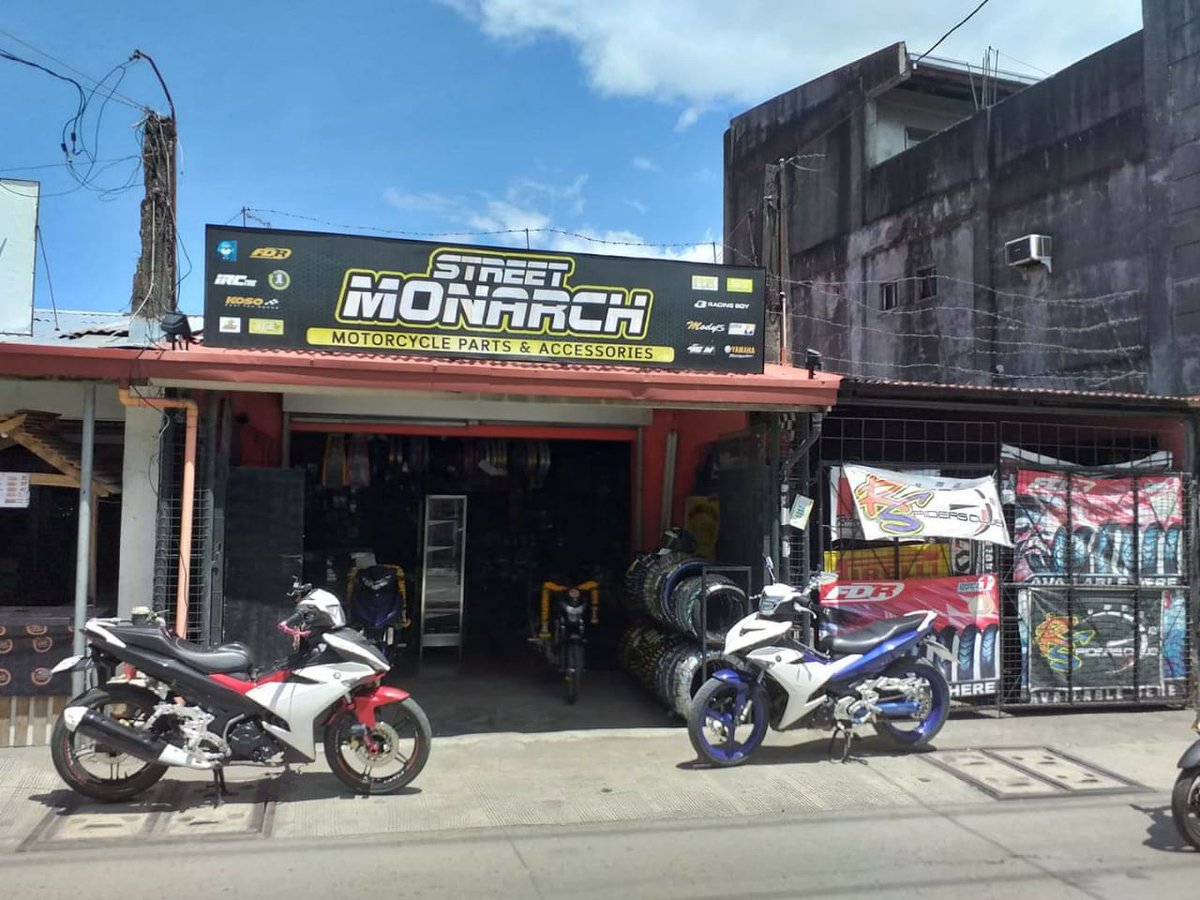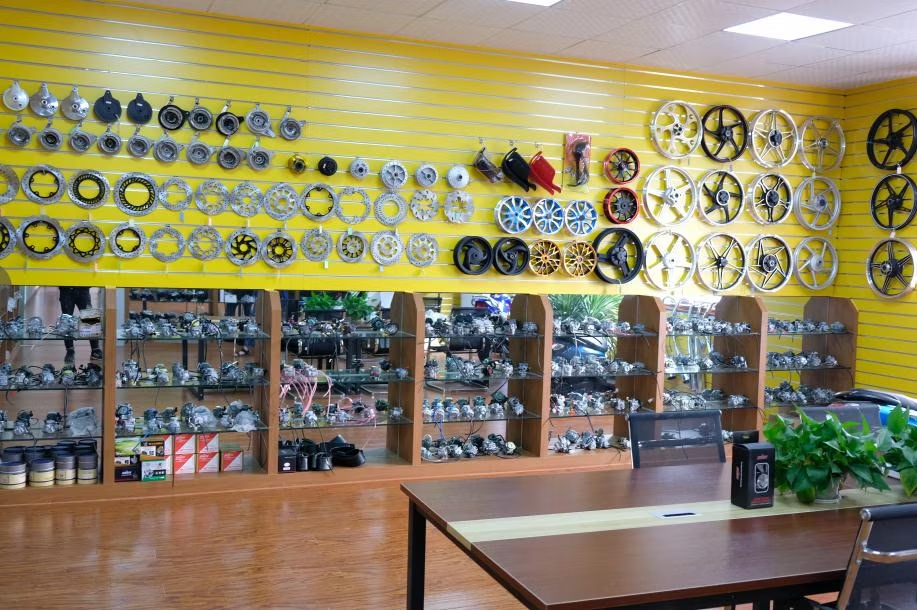Locate Competitive Costs on Motocross Parts NZ for Every Bike
Locate Competitive Costs on Motocross Parts NZ for Every Bike
Blog Article
Understanding the Important Components of a Motorcycle: A Comprehensive Guide for Lovers
For motorbike fanatics aiming to boost their riding experience and guarantee their bikes run efficiently, comprehending the necessary components of a motorcycle is critical. Each aspect, from the engine's elaborate workings to the vital function of the stopping devices, not only impacts performance but likewise safety and comfort. This guide will go through the fundamental parts that every biker should be acquainted with, enabling notified selections in both maintenance and prospective upgrades. As we start this exploration, one must ask: just how does each element interact to develop the smooth trip every enthusiast looks for?
Engine Components

The camshaft plays a vital duty in controlling the timing of the engine's shutoffs, ensuring the precise opening and closing required for reliable gas and air consumption, in addition to exhaust expulsion. This timing is important to keeping optimum engine efficiency and effectiveness. Furthermore, the carburetor or gas injection system, depending upon the motorbike version, is liable for blending air with gas in the right proportion for burning.
The air conditioning system, either air or liquid-based, functions to keep the engine's temperature within functional restrictions, protecting against getting too hot and making sure longevity - motocross gear. Each element, carefully created and incorporated, adds to the smooth operation of the engine, specifying the bike's power output and general efficiency
Transmission System
Essential to the bike's performance, the transmission system ensures effective power transfer from the engine to the wheels. This system makes up a number of essential components, including the clutch, transmission, and last drive, each playing an important function in equating the engine's power into activity. The clutch, commonly operated by a hand bar, offers to disengage the engine and involve from the transmission, permitting smooth equipment adjustments and controlled acceleration.
The transmission, usually described as the transmission proper, has a set of gears that motorcyclists can manually change with to change the bike's speed and torque output. These equipments are set up in a sequence that allows the motorcycle to increase efficiently and keep optimal engine performance across different speeds. Most bikes utilize a consecutive gearbox, requiring the cyclist to change equipments in a predetermined order.
Braking Mechanisms
While recognizing the transmission system is key to harnessing a motorbike's power, just as vital is the ability to manage and stop that power efficiently, which is where stopping devices enter into play. Brakes are essential for safety and efficiency, supplying the cyclist with the required control to navigate various terrains and problems. Generally, motorcycles feature two kinds of braking systems: disc brakes and drum brakes.
Disc brakes are extra common in modern motorbikes as a result of their superior efficiency. They include a brake disc, caliper, and pads. When turned click to read more on, the caliper presses the brake pads versus the spinning disc, converting kinetic power right into heat, thus slowing down the wheel. This system supplies better warm dissipation, regular performance, and enhanced quiting power, particularly in damp problems.
Alternatively, drum brakes, though much less typical, are still discovered in some motorcycles. They work by pressing brake shoes versus the internal surface of a drum connected to the wheel. While usually much less effective in warm dissipation and stopping power, drum brakes are less complex and more economical.
Understanding these braking systems' nuances permits cyclists to keep their bikes appropriately and appreciate the design that makes certain safe and effective quiting.
Suspension and Steering
Suspension and steering systems are important parts that considerably influence a bike's handling and experience convenience. The shock absorber, including forks at the front and shock absorbers at the back, soaks up roadway abnormalities, enhancing security and control. Front forks, normally telescopic or inverted, compress and rebound to reduce effects, while back shock absorbers keep tire contact with the roadway, important for traction and security.
Guiding, focused around the handlebars, connects the biker to the motorbike's directional control. The guiding head bearings ensure smooth procedure, allowing precise maneuverability. Appropriate placement and upkeep of these bearings are crucial for foreseeable guiding reaction and decreasing rider exhaustion.
The suspension's adjustability is an additional crucial element; preload, damping, and rebound settings permit customization to suit numerous riding conditions and styles. This flexibility is important for enhancing efficiency, whether navigating metropolitan streets or taking on rugged trails. Technologies like electronic suspension systems offer real-time changes, enhancing adventure high quality across varied terrains.

Electric Equipments
After guaranteeing a smooth and controlled adventure via reliable suspension and steering systems, focus transforms to the electric systems, a crucial aspect of modern bikes. These systems play a critical role not just in starting the engine yet also in powering different parts that enhance the performance and safety and security of the motorcycle.
At the heart of a motorbike's electric system is the battery, which stores electrical power required for beginning the engine and powering auxiliary systems - motocross gear nz. The generator or generator, combined with the have a peek here rectifier-regulator, guarantees the battery remains charged while the motorcycle functions, converting mechanical power right into electrical energy and preserving voltage levels
The ignition system, an additional critical element, is liable for sparking the air-fuel mixture in the engine's cylinders. Modern motorcycles typically utilize a digital ignition system, offering higher performance and reliability contrasted to standard systems.
Lighting systems, consisting of fronts lights, tail lights, and indications, are likewise important, making certain exposure and security for the rider. Extra digital elements such as sensing units, view it now control units, and presents contribute to innovative functions like fuel injection administration, anti-lock braking systems (ABS), and electronic control panels, further enhancing the riding experience.
Final Thought
An extensive comprehension of a bike's crucial components, consisting of the engine, transmission system, stopping systems, suspension, guiding, and electrical systems, is important for fanatics aiming to enhance comfort, efficiency, and safety and security. Proficiency of these components enables informed decisions pertaining to maintenance and upgrades, ultimately improving the riding experience. By integrating this knowledge, cyclists can guarantee their motorbikes operate at peak performance and reliability, thus optimizing both satisfaction and durability of their lorries.
For bike fanatics looking to elevate their riding experience and ensure their bikes run efficiently, recognizing the crucial parts of a motorcycle is vital.Integral to the motorbike's functionality, the transmission system guarantees efficient power transfer from the engine to the wheels.While recognizing the transmission system is key to utilizing a motorcycle's power, equally crucial is the ability to control and stop that power successfully, which is where stopping systems come right into play. Typically, motorbikes include 2 kinds of stopping systems: disc brakes and drum brakes.
A thorough comprehension of a motorcycle's necessary parts, consisting of the engine, transmission system, braking systems, suspension, guiding, and electric systems, is crucial for lovers aiming to optimize performance, comfort, and safety.
Report this page